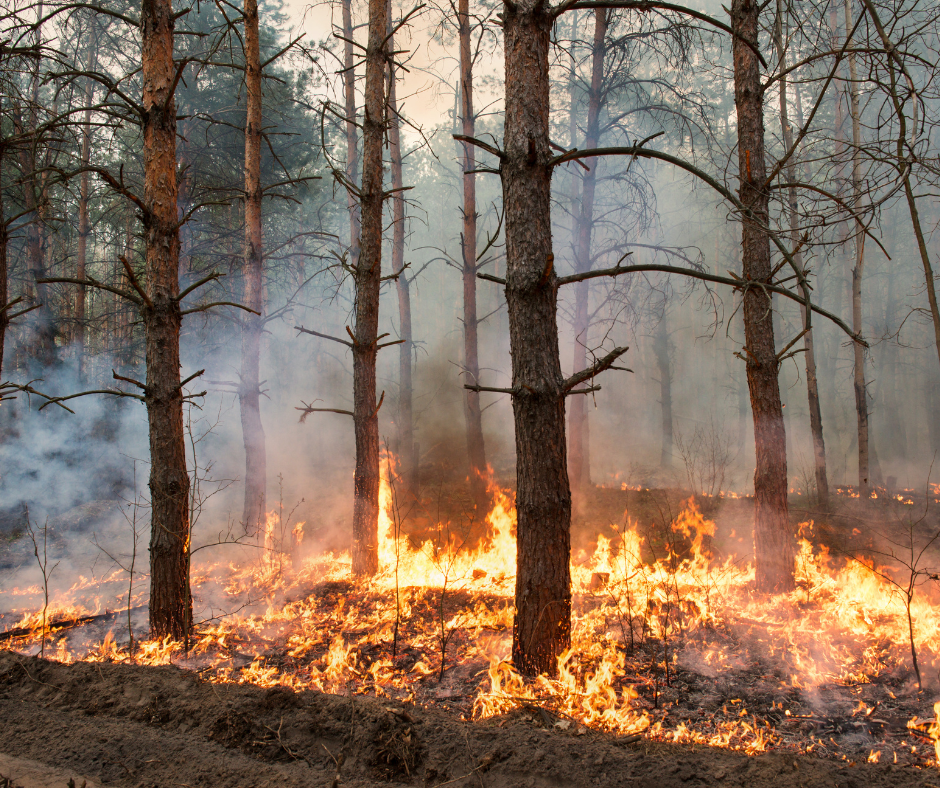Following are some tips from the Idaho Firewise Organization, a program created out of a response to a statewide need for wildfire education that also partners with the national Firewise program. These suggestions provide valuable tools in the effort to protect our homes and natural resources from the destruction of wildfires.
Restrictions while recreating
Numerous state and national agencies can provide information about the area you live in or will be traveling to. Check frequently for updates and changes:
Within Idaho
https://www.idahofireinfo.com/
Fire Information | Idaho Fish and Game
Fire Restrictions Finder – Department of Lands
Nationally
National Interagency Fire Center
National Fire News | National Interagency Fire Center
Open burning
Please visit the Burn Safely – Idaho Firewise for outdoor burning on your property. Permits are required and air quality restrictions need to be followed.
Homeowners
Knowing the precautions to take is an important role a homeowner can have in the management and prevention of wildfires.
The first step you can take is by performing a home wildfire evaluation. By identifying structures and materials surrounding your home, you can make the necessary changes if necessary. You can evaluate your home yourself, or contact your county emergency services or fire department for more information.
Evaluations focus on two main areas of concern for structures in the wildland/urban interface:
- the ignitability of your home when exposed to radiant heat, convection, or firebrands and embers; and
- structural hazards, including the location and design of your home and other structures, as well as vegetative fuel hazards and other considerations.
Key elements to look for when creating a fire-resistant landscape include the following:
- Move firewood away from home or other structures during the fire season.
- Provide adequate spacing between trees and shrubs.
- Remove “ladder fuels” which describe a plant structure that allows a fire to climb from the ground to high-reaching tree canopies.
- Store outdoor items such as patio furniture, BBQs, planter boxes, and other materials in a storage area when the threat of wildfire is nearby.
- Park boats, campers, and recreational vehicles in enclosed areas, or securely cover and move them away from structures.
- Plants grouped in islands surrounded by non-flammable materials, such as rock mulch, rock boulders, or a rock wall are great examples of how landscape elements can work together to create breaks between fuels.
- Non-flammable hardscapes, such as rock walls, dry river beds, sidewalks, and driveways function as firebreaks by breaking up areas of fuel. Rock can provide a natural-looking, low-maintenance, and water-efficient mulch as well as be a fire-resistant buffer zone. Read Mulches for Firewise Landscapes to learn more.




